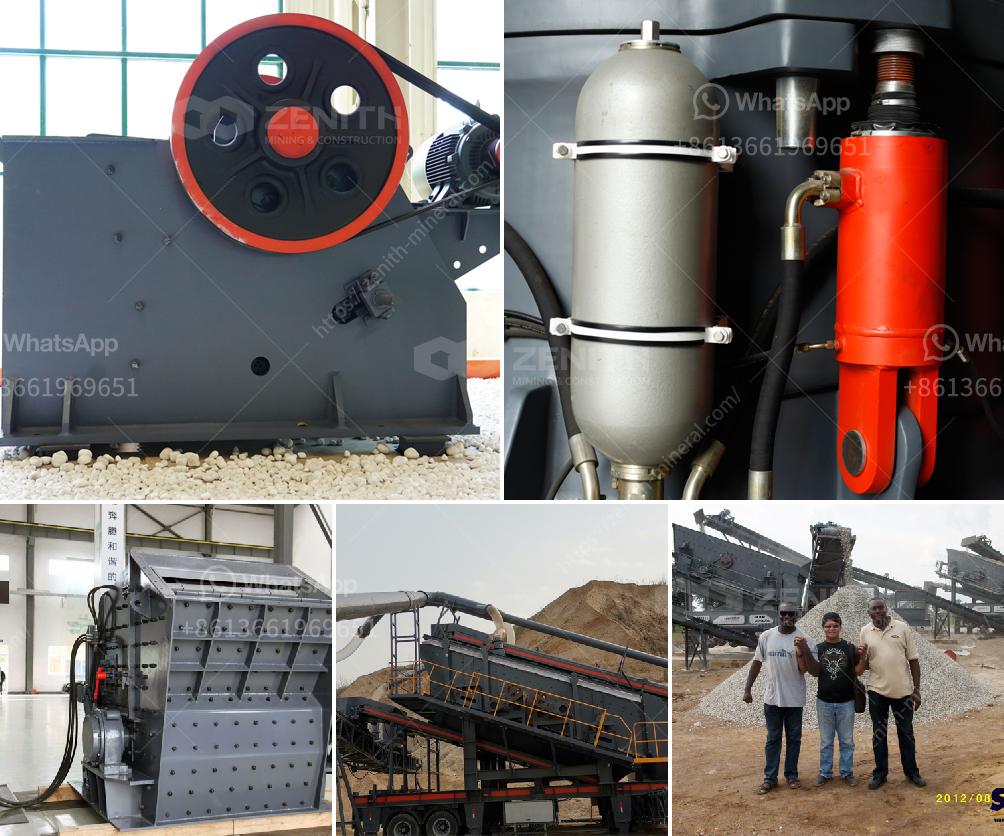Beneficiation of tungsten ore involves several processes to increase the concentration of tungsten in the ore and remove impurities. The process can be complex and varies depending on the type of tungsten ore being processed. Here is a detailed explanation of the steps involved in the beneficiation of tungsten ore:
The first step in the beneficiation process is to crush and grind the ore to a fine particle size. This is done to liberate the tungsten minerals from the surrounding gangue material. The ore is typically crushed using jaw crushers and then ground in ball mills or rod mills to achieve the desired particle size.
After crushing and grinding, the ore is screened and classified to separate particles of different sizes. This helps in optimizing the subsequent beneficiation processes. Screening is usually done using vibrating screens, and classification is done using hydrocyclones or classifiers.
Gravity separation is one of the most common methods used for the beneficiation of tungsten ore. Tungsten minerals, such as scheelite and wolframite, have a high specific gravity, which allows them to be separated from the lighter gangue minerals.
Jigging is a gravity separation technique where the ore is placed in a jig, and water is pulsed through the ore bed. The denser tungsten minerals settle to the bottom, while the lighter gangue minerals are washed away.
Shaking tables are used to further concentrate the tungsten minerals. The ore is fed onto a table that vibrates, causing the denser tungsten particles to move to one side of the table, while the lighter gangue particles are washed away.
Spiral concentrators are used to separate the tungsten minerals based on their specific gravity. The ore is fed into a spiral chute, and as it flows down, the denser tungsten particles are separated from the lighter gangue particles.
Magnetic separation is used to remove magnetic impurities from the ore. Tungsten minerals are not magnetic, but some of the gangue minerals, such as iron minerals, are magnetic and can be removed using magnetic separators.
Flotation is a process used to separate fine particles of tungsten minerals from the gangue. In this process, chemicals called collectors are added to the ore slurry to make the tungsten minerals hydrophobic (water-repellent). Air bubbles are then introduced into the slurry, and the hydrophobic tungsten particles attach to the bubbles and float to the surface, where they are collected.
In some cases, chemical treatment may be used to further purify the tungsten concentrate. This can involve leaching the ore with acids or other chemicals to remove impurities.
After the beneficiation process, the tungsten concentrate is dewatered and dried. This is typically done using thickeners, filters, and dryers.
The final tungsten concentrate is then ready for further processing or sale. The concentrate typically contains a high percentage of tungsten and low levels of impurities.
The beneficiation of tungsten ore involves a combination of crushing, grinding, gravity separation, magnetic separation, flotation, and chemical treatment to increase the concentration of tungsten and remove impurities. The specific processes used can vary depending on the type of tungsten ore and the desired purity of the final concentrate.
